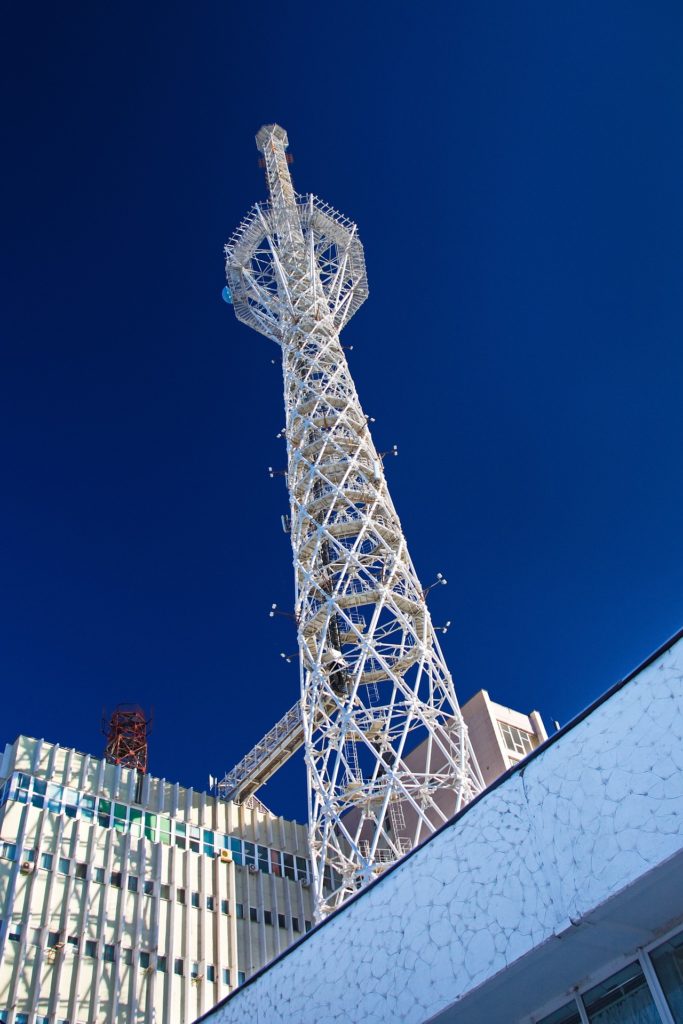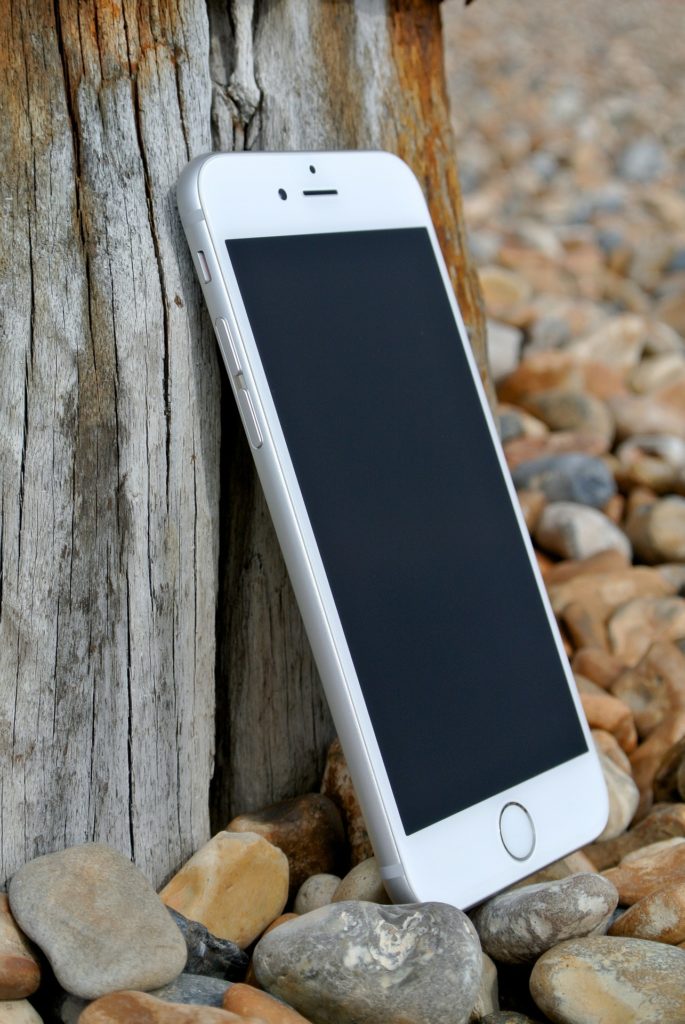Unlocking Battery-Free Solutions for the IoT
The IoT (Internet of Things) is among the most promising technological concepts of the 21st century. The idea of bringing together a network of thousands interconnected devices and creating the ultimate infrastructure has been the subject of much research lately. But every attempt, even theoretical, has faced one major problem – finite battery life. And up until very recently, there was no solution to this, but now the answer seems obvious – avoid the obstacle completely and go battery-free.
The battery problem in itself is quite a large deal. Imagine this: every wireless sensory device requires constant power supply. In order to provide continuous operation over time, every and each device needs to be either recharged or would need a battery replacement. The idea of maintaining the network that would consist of 10 or 20 devices is not so frightening. But we are talking about hundreds and thousands of individual sensors. The cost of maintaining such system would be terrifying.
Luckily, there is a solution.
Energy Harvesting
In a nutshell, it is quite a simple idea: the device takes the power from its surroundings without any need for internal energy storage. On practice, realizing it is a complete opposite of simple. No device can be constantly powered by the wind or solar energy, the natural environment is unreliable in this situation. So instead of counting on the external factors, we can create our own energy source and deliver the power wirelessly.
Power Beacons (PBs)
There are lots of various power sources from which IoT devices can harvest energy, including RF signals and microwave radiation. These two can be transmitted via beacons (essentially antennas), distributed along the city.

RF beacons are quite simple. IoT devices can consume energy from an ambient signal in a close vicinity.
Microwave power transfer (MPT), however, can transmit energy over much longer distances but would require a line of sight and communication with the device.
So, powering up sensors that are stationary is no problem – place an RF beacon nearby or store the location and cell phone “aim” the power from an MPT antenna. But what if you want to drive a car filled with IoT sensors? At one point or another, you will be out of RF beacon reach, and you would require long distance power transfer.
And the means of communication is probably in your hands right now.
With modern M2M (machine to machine) communication technology and advanced cloud computing, you can turn your smartphone into a central piece of the entire IoT network. By integrating your cell with all of your distributed devices, you can connect to the beacons nearby with simple cellular signal and transmit the power using network awareness.
Additionally, your cell phone itself can be also easily recharged from MPT-based beacons, all you need is to make a call really.

Moreover, M2M communication between the devices allows data and energy transfer between each other as well. So the entire IoT network can be sustaining itself for a certain amount of time.
Who’s Paying?
Now that’s a fair question. If your devices are constantly consuming power, wouldn’t somebody charge you for that? Now, because all of this technology is not in a working stage yet, and there are constant developments going on in order to improve it, no one really has really figured out how to monetize it. Maybe we wouldn’t need to in the long run.
It’s much easier to power up a beacon from renewable sources. Just the fact that it is stationary makes it possible to connect it through cables to, let’s say, solar panels.
But granted, that’s a wishful thinking, so we can use your phone again. The same software that integrates your network, can also collect the payment data and upload it to the cloud.
But all of that is just a theory, right? Not quite, we already have battery-free computers that use radio frequency identification (RFID) for powering up. And MPT is able to power up satellites and airplanes. So, it’s just the matter of applying it to the IoT now.
The Present and the Future
So what does the future has in store for the IoT development? With all the research that is now put into wireless power transfer and the advancements that we have already achieved, it can be said that the wireless and battery-free IoT is simply a matter of time. Right now we stand at the point where we might just be able to create a giant IoT network that we don’t have to worry about recharging. And all of this can be possible through hybrid energy harvesting methods that would include multiple ways of consuming energy together with a smart infrastructure of power beacons and your smartphone.


